Taking blood pressure measurements is a requisite for good heart health. Some people will surely complain about such devices. But thanks to the growth of technology, there are blood pressure monitors that are simple and very easy to use at home. This article focuses on the best blood pressure monitors and the features you must consider before buying the best one.
You may like: Best 7 Thermometers for Adults and Kids in 2024
Types of Blood Pressure Monitors
There are two primary types of blood pressure monitors for home use: aneroid (manual) and digital monitors. Each comes with its own set of benefits and considerations.
1. Aneroid Blood Pressure Monitors

Aneroid Blood Pressure Monitors
They are hand-held blood pressure monitors, which require active involvement even when reading the figures. They contain a press bag that you manually squeeze to inflate an upper armband and a needle dial indicating the pressure numerically. Some of these monitors also have an inbuilt stethoscope for blood pressure measurement. These are relatively more affordable but can be difficult to use accurately without assistance. Additionally, they may not be suitable for people with hearing loss, as the stethoscope can be hard to hear.
Pros
- Less expensive
- No need for batteries or power source
Cons
- Requires manual inflation and reading
- Potentially less accurate without assistance
- Difficult for people with hearing impairments
2. Digital Blood Pressure Monitors
Digital monitors are automatic with an integrated gauge, stethoscope, and error indicator. Displays the blood pressure reading on an electronic screen while the blood pressure cuff covers the subject’s arm to inflate and deflate automatically. Sometimes, there are devices with coloured indicators to compare the figures with normal limits, memory for previous data, and a function for providing the average value of results during a sequence of measurements.
Pros
- Easy to use with automatic inflation
- Can store and display multiple readings
- May include features like error detection and data tracking
Cons
- More expensive than manual monitors
- May require batteries or regular charging
3. Mercury Column Blood Pressure Monitors

Mercury Column Blood Pressure Monitors
Mercury column blood pressure monitors are the most highly accurate devices – seen readily in a clinical setting. It comprises a long bulb filled with mercury and a tube that rises and falls with the pressure. It measures systolic and diastolic pressures of the heart using a sphygmomanometer stethoscope. They are not as widespread as they have been in the past due to the danger of mercury exposure, but they still prove to be one of the benchmark measurement techniques.
Pros
- Highly accurate and reliable
- Often used as a reference for calibrating other blood pressure monitors
Cons
- Bulky and not portable
- Requires careful handling due to mercury content
- Not suitable for home use due to complexity and safety concerns
How to Read Blood Pressure
There are two readings on a blood pressure monitor expressed in millimeters of mercury (mmHg). The first number indicates systolic pressure, which is the arterial pressure while the heart is expelling blood, and the second is diastolic pressure, indicating the pressure against the arteries when the heart is relaxing during the beats. As an illustration, if the systolic reading is 120, and the diastolic goes to 80, that reading will be 120/80 mmHg.
Blood Pressure Ranges (as recommended by the American Heart Association):
- Normal: 120/80 mmHg and lower
- Elevated: 120/80 mmHg to 129/80 mmHg
- High (Stage 1): 130/80 mmHg to 139/89 mmHg
- High (Stage 2): 140/90 mmHg and higher
- Hypertensive Crisis: Higher than 180/120 mmHg
Knowing how to interpret these readings is crucial for monitoring your health, as sustained high blood pressure can lead to severe health issues such as heart disease and stroke. Always consult your healthcare provider if you consistently receive high readings.
Best Blood Pressure Monitors of 2024
When selecting a blood pressure monitor, it’s essential to consider factors like accuracy, ease of use, portability, and extra features. Below are some of the top-rated monitors available in 2024:
1. iHealth Track Blood Pressure Monitor
The iHealth Track is a budget-friendly option that provides a combination of portability, ease of use, and versatility. It features a color-coded display that alerts users when their blood pressure is high. The monitor weighs only 1 pound and runs on batteries, making it highly convenient for those who travel frequently.
Key Features
- Data storage: Stores up to 99 readings on the device, unlimited on the app
- Cuff size: Standard and extra-large options
- Health metrics measured: Blood pressure, pulse rate
- App: Yes
- Warranty details: Not available on the product website
Pros
- Color-coded readings for easy interpretation
- Portable and battery-powered
- One-button operation
- ISO-certified for quality and safety
Cons
- No warranty information on the website
2. A&D Medical Essential Manual Inflate Blood Pressure Monitor
If you want to use a manual blood pressure monitor, this A&D Medical model is perfect. The manual inflation design makes it affordable and easy to operate. The bright LED display is conveniently large, and the average of the readings facilitates better accuracy.
Key Features
- Data storage: Stores up to 30 readings on the device
- Cuff size: Medium and large options
- Health metrics measured: Blood pressure, pulse rate, irregular heartbeat detection
- App available?: Yes
- Warranty details: 5-year monitor warranty, 2-year cuff warranty
Pros
- Clear battery life indicator
- Color-coded side panel for high blood pressure alerts
- FSA/HSA eligible
Cons
- Manual operation requires practice
- Screen lacks color-coded readings
3. Omron Platinum Wireless Upper Arm Blood Pressure Monitor
Omron Platinum is precision-oriented. For this reason, the monitor performs an average of 3 readings within 2 minutes to give the most precise reading and even allows comparison of the present reading with the prior one. Its display is easy; it is a preformed cuff that adds comfort and accuracy to the usage of the device.
Key Features
- Device storage: Up to 200 readings (100 each for two users), with unlimited storage on the app
- Cuff size: Adjustable cuff that fits most arms
- Health metrics measured: Blood pressure, pulse rate, irregular heartbeat detection
- App: Yes
- Warranty details: 6 years
Pros
- Automatically calculates daily morning average blood pressure and alerts users if it’s too high
- OMRON Advanced Accuracy technology measures five times more data points for superior precision
- Allows comparison of current and previous readings
- Large, high-contrast, well-lit display
Cons
- Does not feature color-coded blood pressure indicators
- Only one cuff size available
4. A&D Medical Premium Pre-Formed Cuff Blood Pressure Monitor
This A&D Medical model is suitable for homes as it supports storing records for up to four users. The pre-formed cuff ensures easier cuff placement, thus improving the accuracy of the readings. Moreover, the monitor provides programmable reminders for daily readings.
Key Features
- Data storage: Stores up to 280 readings
- Cuff size: Adjustable cuff that fits most arms
- Health metrics measured: Blood pressure, pulse rate, irregular heartbeat detection
- App available?: Yes
- Warranty details: 5-year monitor warranty, 2-year cuff warranty
Pros
- Stores data for up to four users
- Programmable reminders for daily readings
- Color-coded side panel
Cons
- Only one cuff size available
- Screen lacks color-coded readings
5. Greater Goods Bluetooth Blood Pressure Monitor
This Bluetooth-compatible monitor authorize users to sync data to an app where they can track their blood pressure over time. Its large LED screen makes it easy to read and offers battery and wall charger power options, making it great for travel.
Key Features
- Data storage: Stores up to 60 readings, unlimited on the app
- Cuff size: Adjustable cuff
- Health metrics measured: Blood pressure, pulse rate
- App available?: Yes
- Warranty details: Limited warranty upon registration
Pros
- Syncs with a smartphone app for data tracking
- Color-coded alerts for high blood pressure
- Travel-friendly with dual power sources
Cons
- Only one cuff size available
- Warranty details not easily accessible
6. FORA Test N’GO Wireless Bluetooth Upper Arm Blood Pressure Monitor
If you’re frequently on the go, this wireless monitor by FORA is an excellent choice. The compact monitor connects to the cuff via Bluetooth, eliminating the need for bulky cords. Despite its small display, the accompanying app makes it easy to monitor and track your blood pressure history.
Key Features
- Data storage: Stores up to 200 readings on the device, unlimited on the app
- Cuff size: Adjustable cuff
- Health metrics measured: Blood pressure, pulse rate, irregular heartbeat detection
- App available?: Yes
- Warranty details: 2 years
Pros
- Lightweight and portable
- Quiet motor
- LCD backlight for easy reading
Cons
- Display screen is small
- No color-coded readings on the monitor itself
7. FORA P20b Blood Pressure Monitor
This FORA blood pressure monitor is an excellent alternative for users with vision impairments as it can read results aloud in English and Spanish. It offers three measuring modes—single, averaging, and auscultatory measurement (which assesses turbulent blood flow). The pocket-sized device is highly portable, making it ideal for users who travel regularly.
Key Features
- Cuff size options: Adjustable cuff that fits most arms
- Health metrics measured: Blood pressure, pulse rate, irregular heartbeat detection
- App available?: Yes
- Warranty details: 2 years
Pros
- Battery-operated for convenient use (includes four AA batteries)
- Reads testing results aloud in both English and Spanish
- Bluetooth-compatible and syncs with the iFORA MP app for easy data tracking
- Sends a warning message when an irregular heartbeat is detected
Cons
- Only one cuff size available
- Not available on third-party retailers like Amazon
8. Microlife Deluxe Blood Pressure Monitor
The Microlife Deluxe monitor is well-regarded for its Gentle & technology, which ensures comfort during blood pressure readings. This monitor provides an average of three readings for greater accuracy and includes a color-coded hypertension risk indicator to help users assess their health.
Key Features
- Data storage: Stores up to 198 readings (99 per user)
- Cuff size: Adjustable cuff
- Health metrics measured: Blood pressure, pulse rate, irregular heartbeat detection, hypertension risk
- App available?: No
- Warranty details: 5-year limited warranty
Pros
- Battery-operated for portability
- Comes with a carrying bag
- Large, clear display
Cons
- Lacks an accompanying app for data storage
9. Omron Silver Wireless Upper Arm Blood Pressure Monitor
The Omron Silver model is a reliable, no-frills blood pressure monitor with accurate readings. Its easy-to-read LED display and wide cuff range make it user-friendly, while its data tracking helps users monitor their health over time.
Key Features
- Device storage: Up to 80 readings, with unlimited data storage on the app
- Cuff size options: Adjustable cuff that fits most arms
- Health metrics measured: Blood pressure, pulse rate, irregular heartbeat detection
- App available?: Yes
- Warranty details: 3 years
Pros
- Averages three readings taken within 10 minutes of each other
- Comes with a travel-friendly storage case
- Battery-operated for easy use on the go
- Syncs with the optional Omron Connect app
Cons
- Doesn’t color-code blood pressure readings
- Only one cuff size available
How to Choose the Best Blood Pressure Monitor
When considering buying a blood pressure monitor for home use, it’s essential to evaluate several key factors to ensure you get the best device for your needs.
Accuracy
Accuracy is one of the most critical aspects of a blood pressure monitor. To determine the accuracy of a monitor, look for these important phrases in product descriptions:
- Clinically validated: This means the device either meets the criteria for the U.S. Blood Pressure Validated Device List (VDL) or is independently tested for accuracy by recognized organizations such as the Association for the Advancement of Medical Instrumentation, the British and Irish Hypertension Society, or according to the International Protocol for the Validation of Automated Blood Pressure Measuring Devices.
- FDA cleared: The Food and Drug Administration has reviewed and approved the device for safety and efficacy.
- Many monitors also feature an averaging function, which takes multiple readings (usually three) and averages them together to provide a more precise and reliable result.
- Keep in mind that user error can also impact accuracy, so it’s crucial to follow the manufacturer’s instructions closely.
Storage Capacity
The significance of keeping a record of blood pressure measurements over some time can be life-saving. In this aspect, different monitors offer a storage of fifteen to two thousand readings.
Many devices have Bluetooth capability and can transfer information to a smartphone app for storage and sharing purposes.
Some need a monitor only for a single user, but others require a device compatible with many users. If more than one person will use the device, consider whether the monitor can store data for multiple users.
Presentation
A clear and easy-to-read display is a priority, especially for the aged or who have eyesight issues. It is better to choose a plain design and a large bright display. If this is a dominating factor or concern for you, look for a monitor that speaks out its readings.
Practicality
However, if the monitor is too tricky, then it is unlikely that there will be regular monitoring at all. It means that the product has to be easy to use and comfortable. Look out for the placement of the controls, how quickly one can wear the cuff on their arm, and whether the whole structure makes sense to the consumer.
Special Features
Many blood pressure monitors go beyond basic functionality and offer special features, such as:
- Pulse monitoring
- Irregular heartbeat detection
- Color-coded readings to quickly identify your blood pressure range
- Pre-formed cuffs for a more comfortable fit
- Wireless designs for portability
Choosing a monitor with these additional features can enhance your experience and make it easier to track and manage your blood pressure.
Also read: Best Heart Rate Monitors (HRMs) for 2024
Final Thoughts
The blood pressure monitoring device for any individual depends upon the reader’s requirements. Whether it is a manual A&D Medical Essential or a Bluetooth-compatible device, such as the Greater Goods monitor, there is a model for everybody. Consider usability, data storage, and cuff size when selecting a blood pressure monitor.
Regular home blood pressure measurements will allow the patient to take an active part in the treatment and give the physician the necessary information about the progress of the disease.
FAQs
Are digital blood pressure monitors reliable?
Yes, digital monitors are reliable and often include features like error indicators and averaging for better accuracy.
What is the most accurate type of blood pressure monitor?
Mercury column monitors are considered the most accurate, though digital monitors offer reliable accuracy and are more convenient for home use.
Can I use a blood pressure monitor without assistance?
Yes, digital blood pressure monitors are designed for solo use, while aneroid and mercury column monitors may require assistance for best results.
How often should I check my blood pressure at home?
It’s best to check your blood pressure once a day, or as recommended by your healthcare provider.
What cuff size should I use for accurate readings?
Cuff size depends on the circumference of your upper arm. Most monitors offer adjustable cuffs to fit a variety of arm sizes.
Can multiple users share the same blood pressure monitor?
Yes, many digital monitors allow for multiple user profiles, storing individual readings separately.
Do blood pressure monitors require calibration?
Digital monitors generally don’t require frequent calibration, but it’s recommended to have them checked for accuracy periodically.
What features should I look for in a blood pressure monitor?
Look for features like data storage, error indicators, multiple user profiles, and compatibility with health apps.
How do I know if my blood pressure is too high?
Some monitors have color-coded indicators that alert you if your blood pressure falls outside the normal range.
Are manual blood pressure monitors cheaper than digital ones?
Yes, manual aneroid monitors are usually less expensive but can be harder to use and less accurate without assistance.

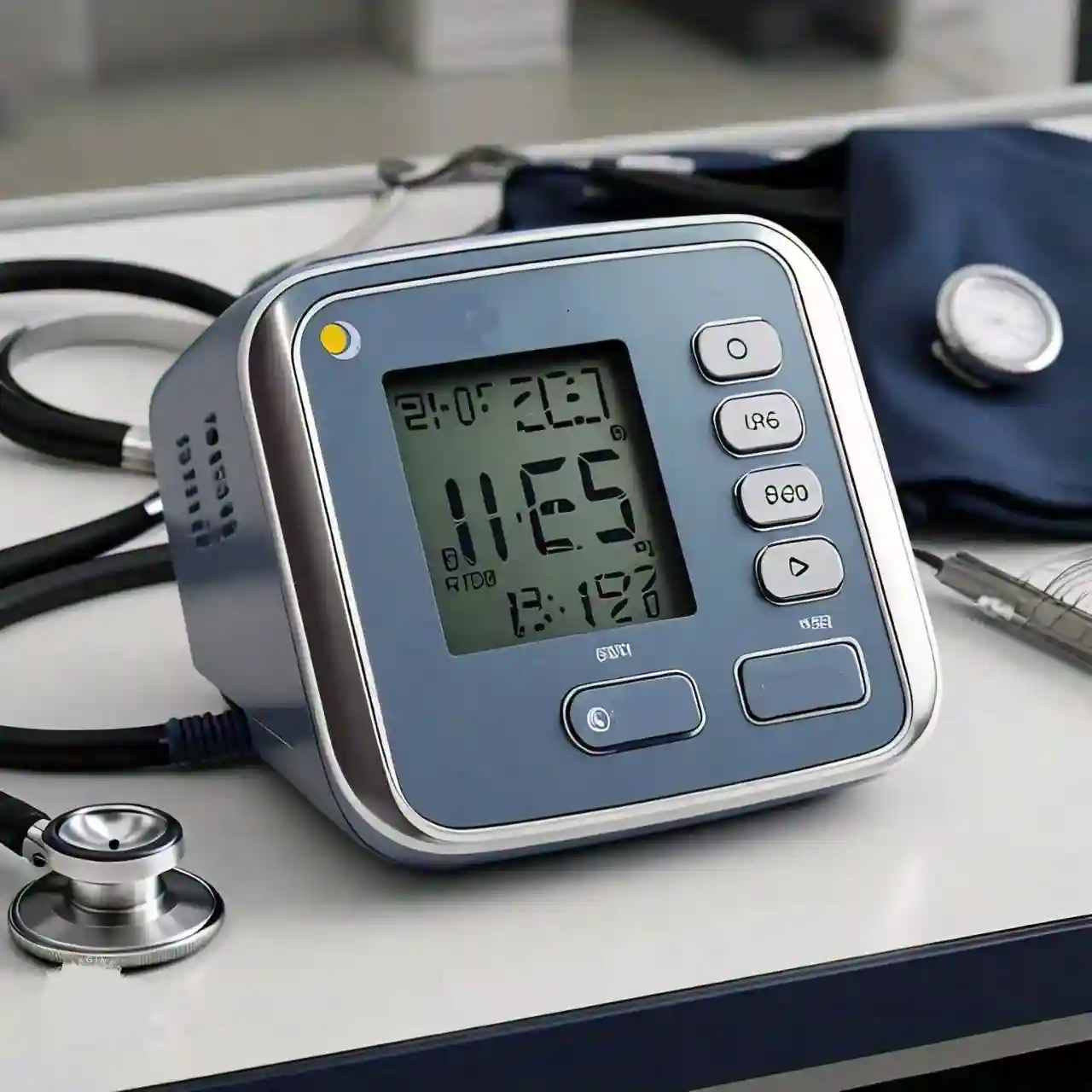

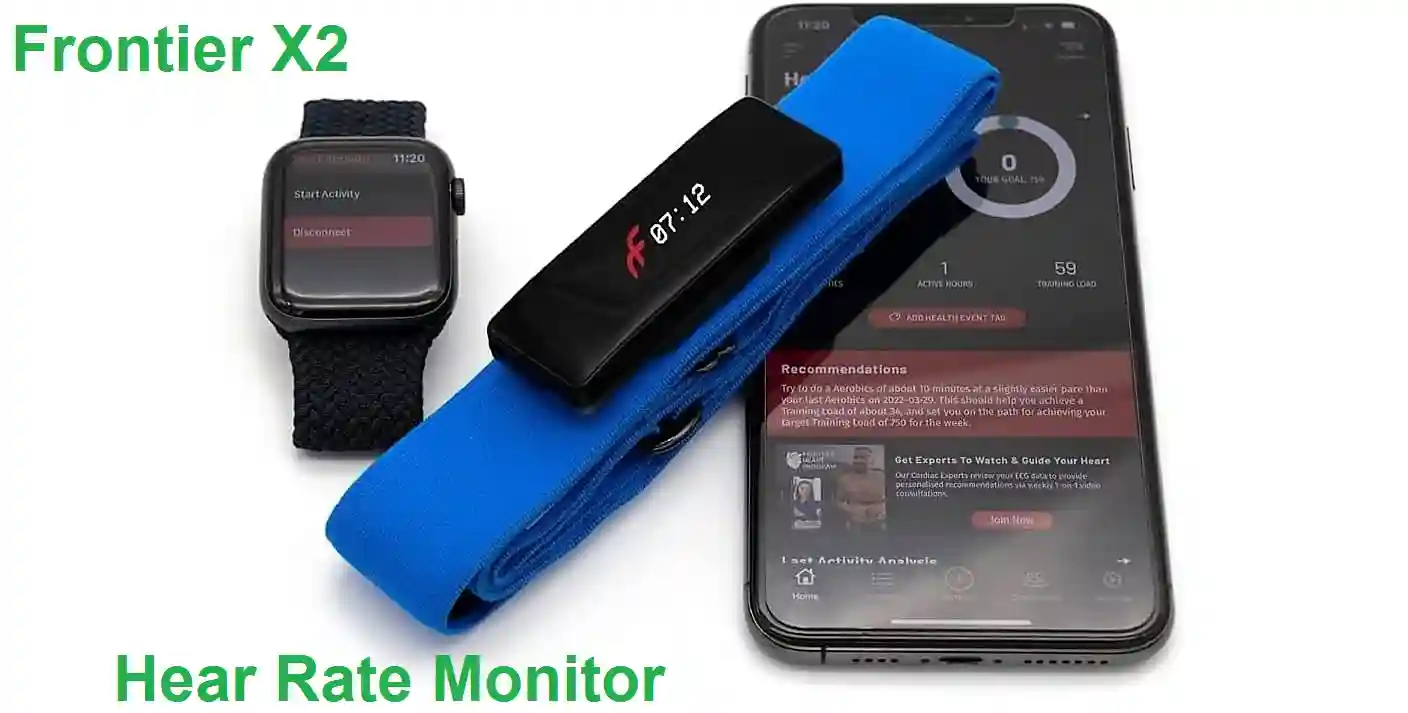

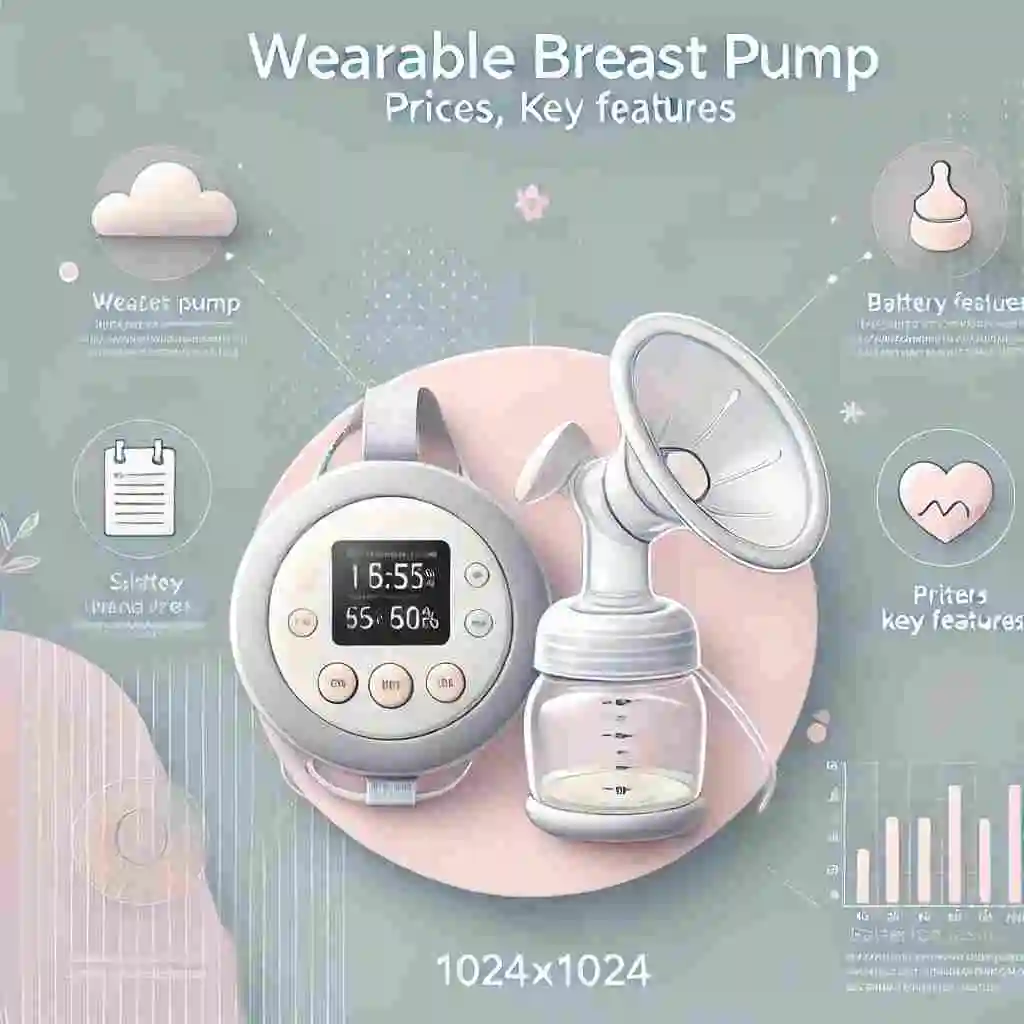

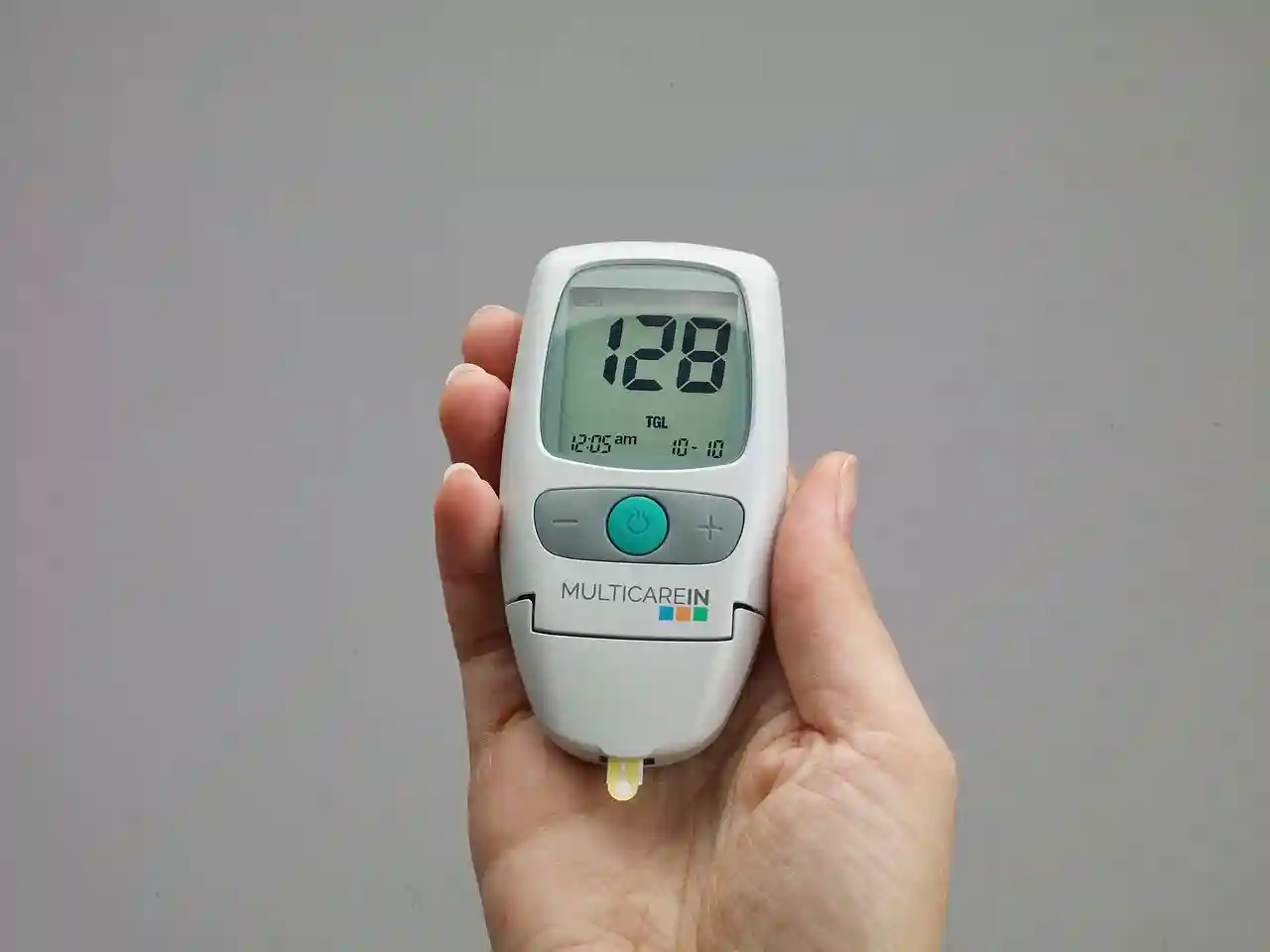

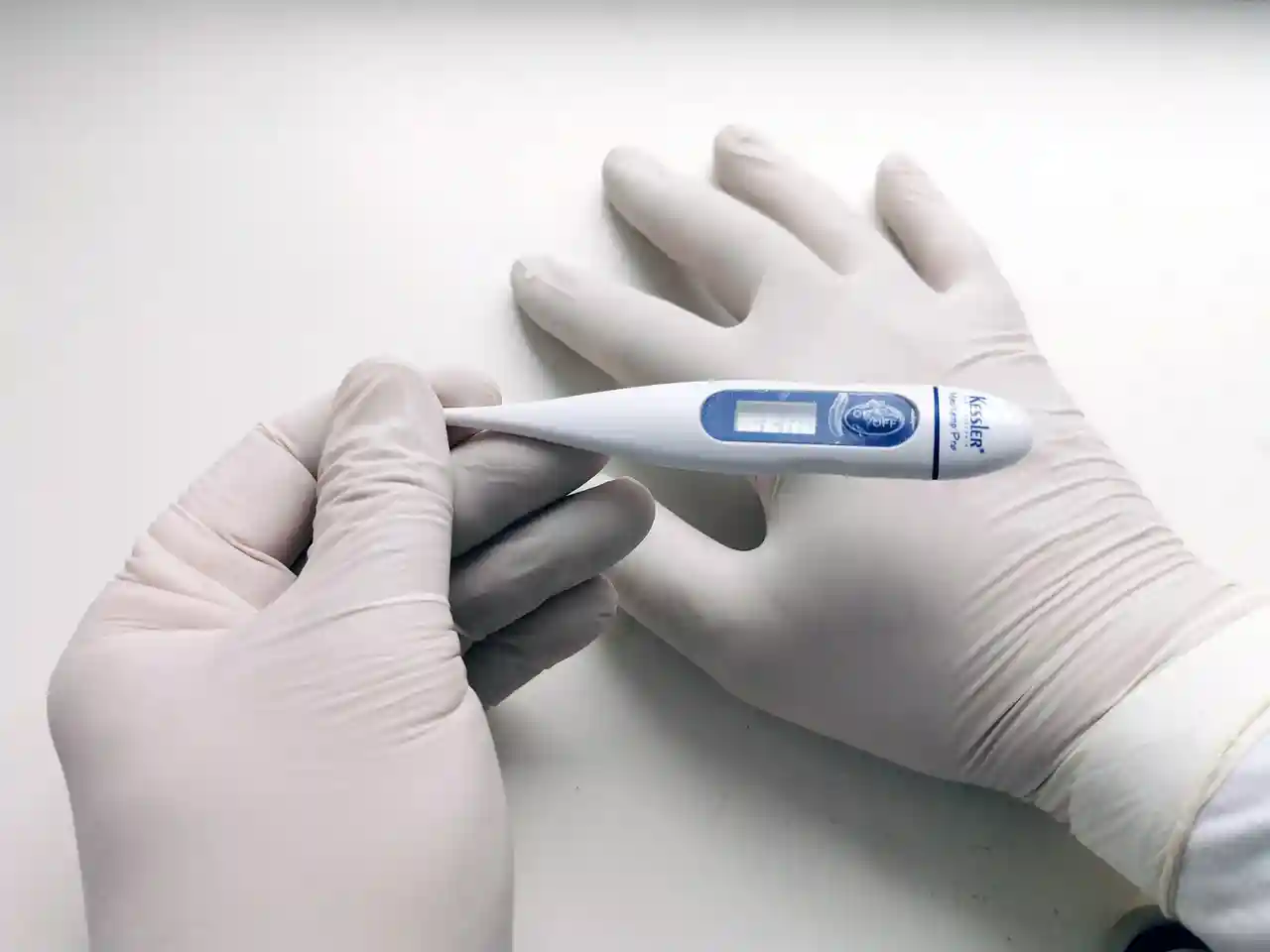
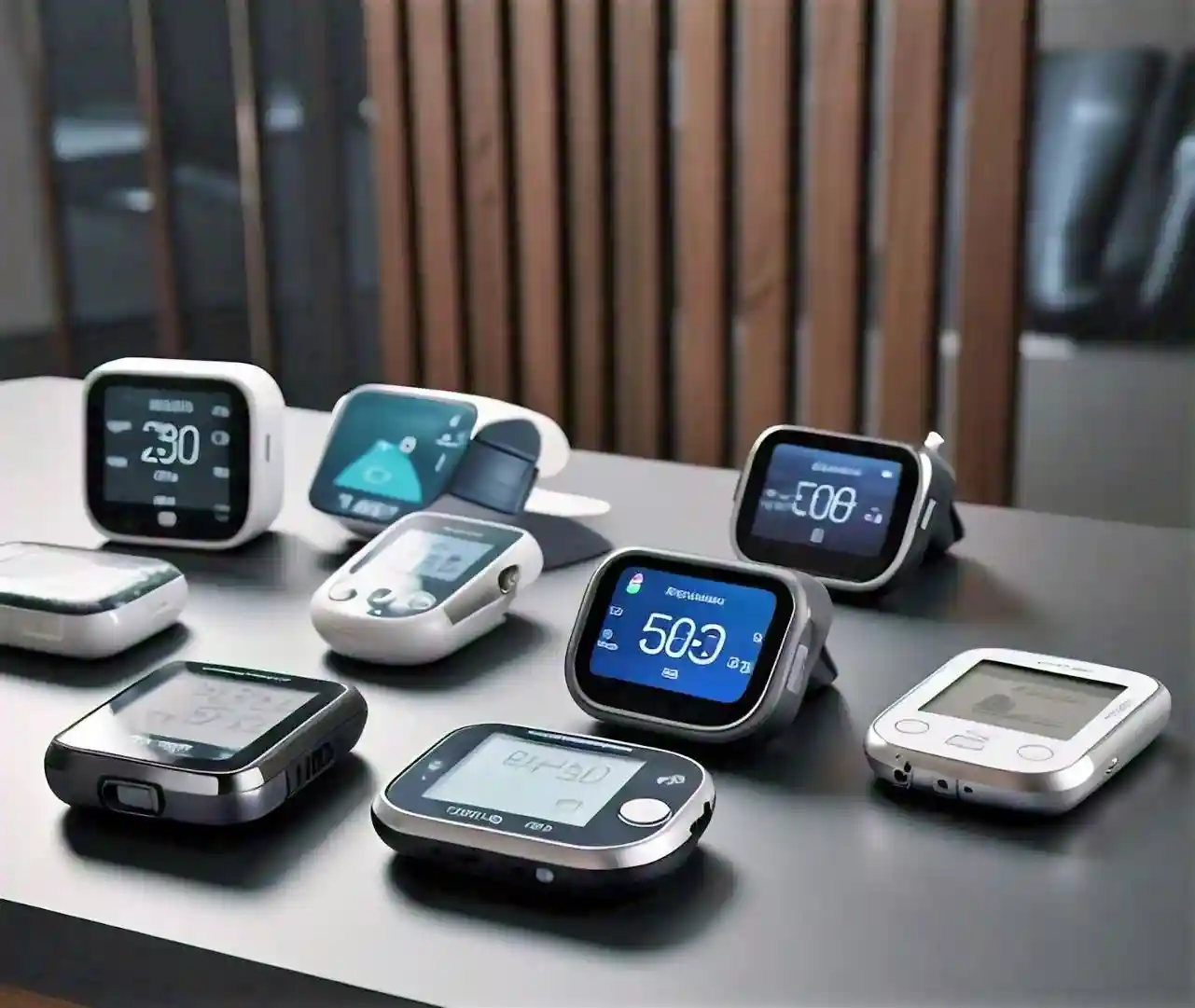
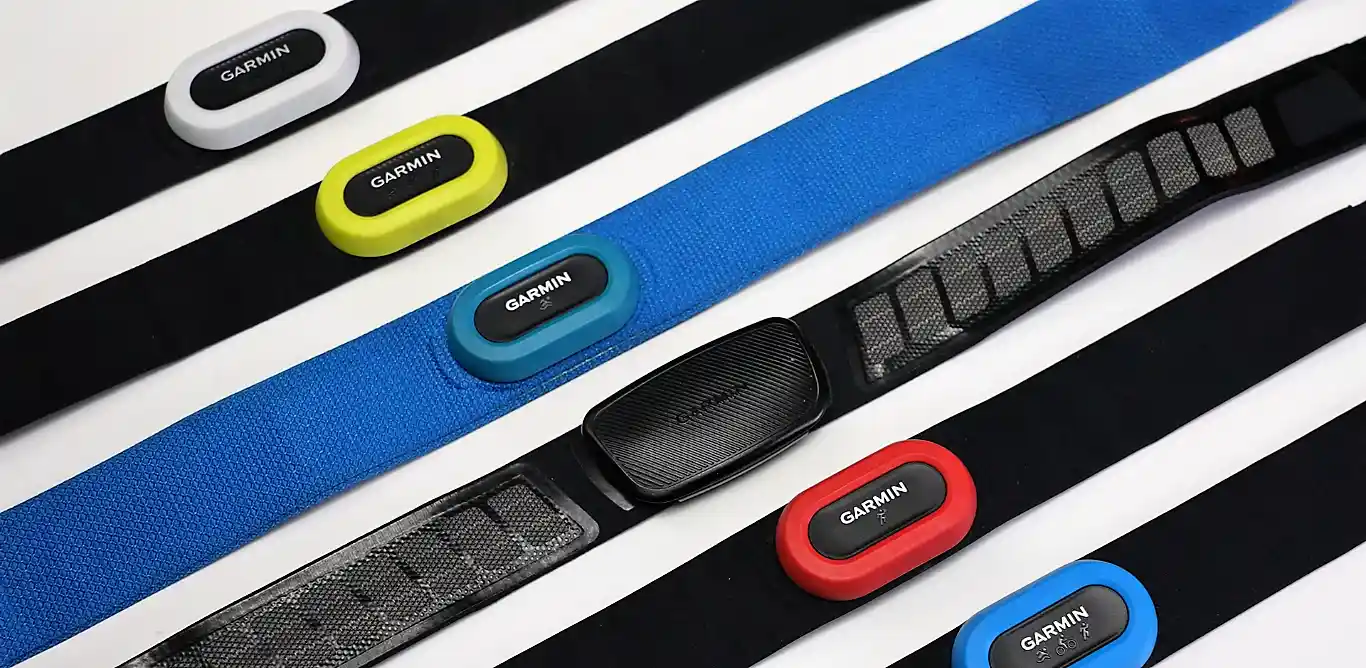

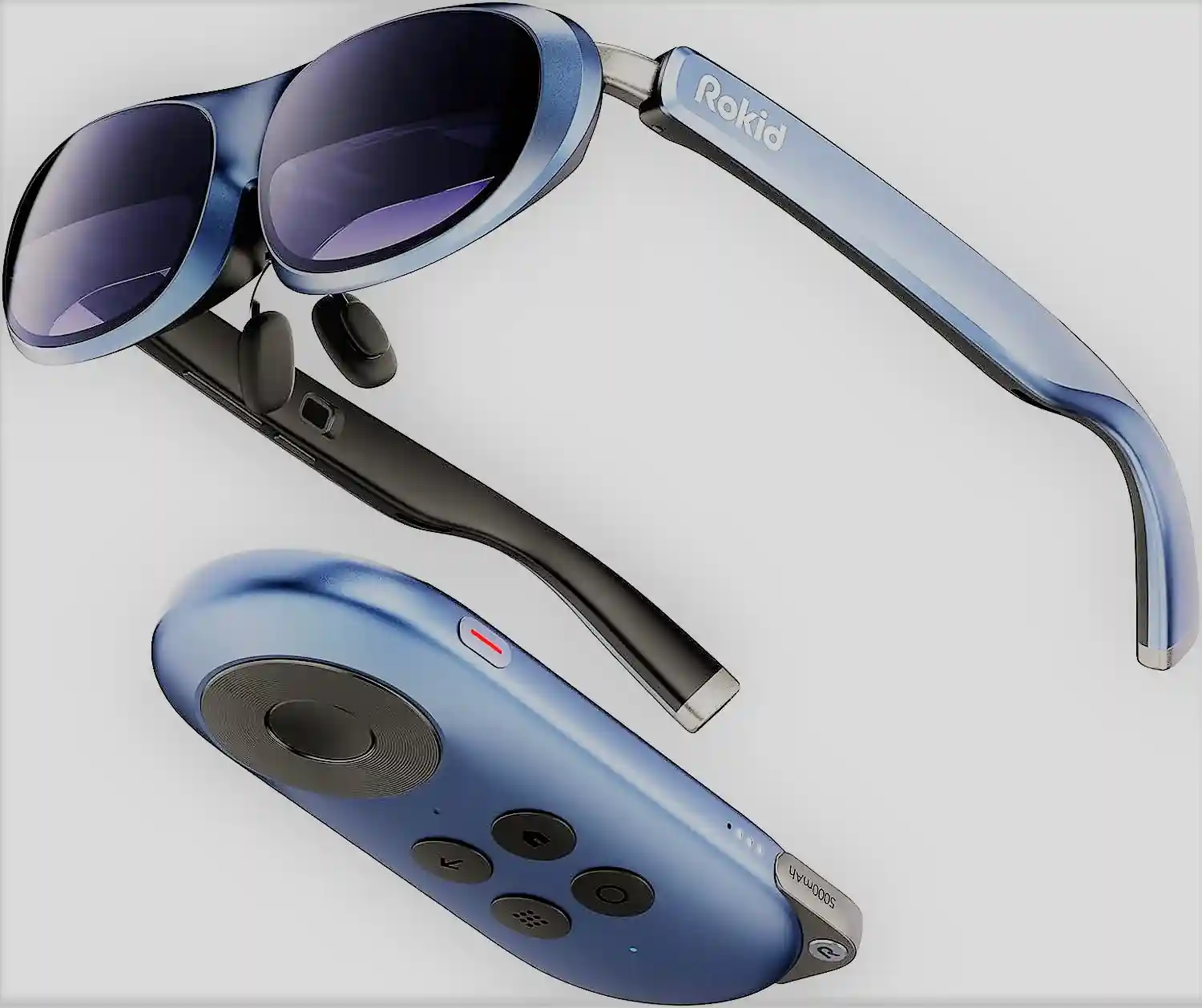


Leave a Reply